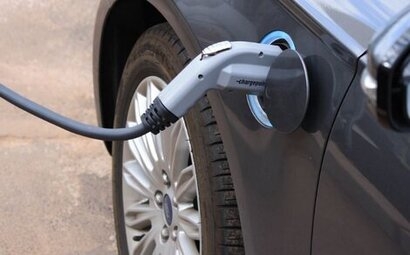
The latest BVRLA Road to Zero Report Card provides a traffic-light assessment of the decarbonisation trajectories of the UK’s car, van and truck fleets, measuring their progress against the vital criteria of battery electric vehicle Supply, Demand and Infrastructure. Compiled by sustainability consultants Ricardo, with contributions from a range of fleets and transport and energy stakeholders, it shows a very mixed picture.
The picture for cars is mostly encouraging, where a positive outlook for BEV infrastructure and supply achieves an ‘Amber - accelerating’ rating, and surging demand gains a ‘Green – cruising’ score. Most fleet car segments are embracing BEVs with enthusiasm, driven by a favourable tax regime, a raft of new models and significant growth in the charging network.
The van fleet sector is a different story. BEV infrastructure, supply and demand all get an ‘Amber – brakes-on’ assessment. This reflects growing concerns about a shortage of suitable electric vans for many key use cases, issues with public charging infrastructure and insufficient government support in the form of grants and tax incentives.
The report’s biggest concerns are saved for the HGV market. With the Government poised to issue a 2035-2040 phase-out deadline, the sector receives a blanket ‘Red – parked’ rating. There is precious little momentum in this fleet segment, with no phase-out delivery plan, no technology roadmap, no mainstream vehicles and no charging infrastructure.
“Every fleet is on the ‘road to zero’, but the task ahead is easier for some than others” said BVRLA Chief Executive, Gerry Keaney. “There are ‘sweet spots’ where the tax incentives, total cost of ownership and typical journey patterns make going zero emission an attractive choice. Elsewhere, progress is much slower as fleets grapple with a shortage of appropriate vehicles and eye-watering charging infrastructure costs.”
This diversity in decarbonisation trajectories is backed up by the BVRLA’s latest Fleet Sustainability credentials, which profiles a range of fleet segments according to BEV uptake and Clean Air Zone compliance.
Less than 1 percent (0.7 percent) of the total UK car parc is currently zero emission, whereas 22 percent of salary sacrifice cars, 8 percent of company cars and 7 percent of car club cars are BEVs. However, the unique decarbonisation challenges faced by the car rental sector is reflected in the fact that its BEV fleet currently stands at just 0.6 percent.
There is a similar picture when it comes to electric vans. One percent of the current leased LCV market is made up of battery electric vans, which in turn make up just 0.4 percent of the wider van parc. Again, the rental market is behind, with just 0.1 percent of its fleet battery electric.
For additional information:

